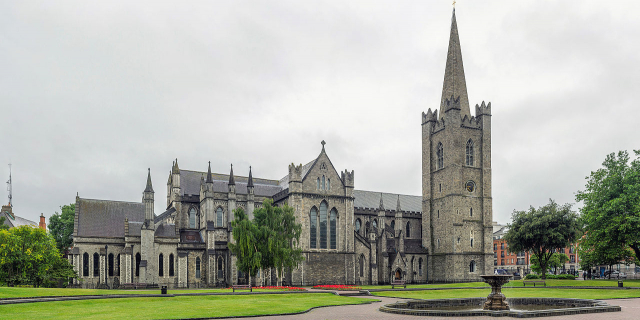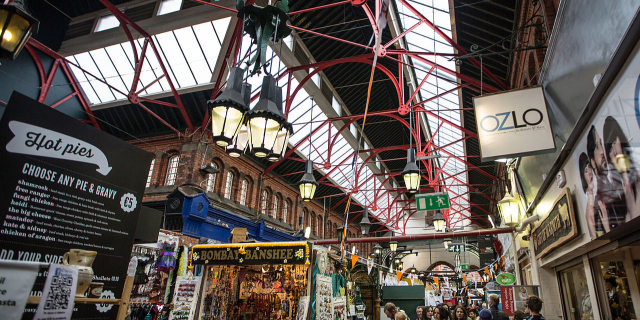Kilmainham Gaol (Irish: Príosún Chill Mhaighneann) is a former prison in Kilmainham, Dublin, Ireland. It is now a museum run by the Office of Public Works, an agency of the Government of Ireland. Many Irish revolutionaries, including the leaders of the 1916 Easter Rising, were imprisoned and executed in the prison by the orders of the UK Government.
When it was first built in 1796, Kilmainham Gaol was called the "New Gaol" to distinguish it from the old prison it was intended to replace – a noisome dungeon, just a few hundred metres from the present site. It was officially called the County of Dublin Gaol, and was originally run by the Grand Jury for County Dublin.
Originally, public hangings took place at the front of the prison.[1] However, from the 1820s onward very few hangings, public or private, took place at Kilmainham.[1] A small hanging cell was built in the prison in 1891. It is located on the first floor, between the west wing and the east wing.
There was no segregation of prisoners; men, women and children were incarcerated up to 5 in each cell, with only a single candle for light and heat. Most of their time was spent in the cold and the dark, and each candle had to last for two weeks. Its cells were roughly 28 square metres in area.[1]
Children were sometimes arrested for petty theft, the youngest said to be a seven-year-old child,[1] while many of the adult prisoners were transported to Australia.
At Kilmainham, the poor conditions in which women prisoners were kept provided the spur for the next stage of development. As early as 1809, in his report, the Inspector had observed that male prisoners were supplied with iron bedsteads while females "lay on straw on the flags in the cells and common halls". Half a century later there was little improvement. The women's section, located in the west wing, remained overcrowded. In an attempt to relieve the overcrowding, 30 female cells were added to the Gaol in 1840.[2] These improvements had not been made long before the Great Famine occurred, and Kilmainham was overwhelmed with the increase of prisoners.




































Add new comment